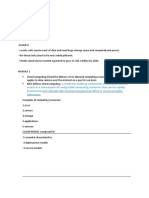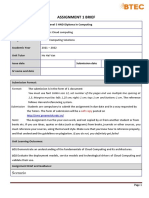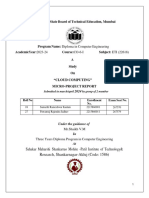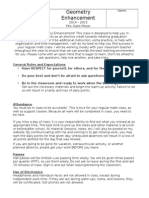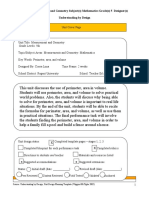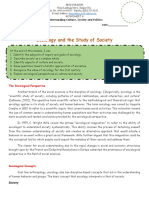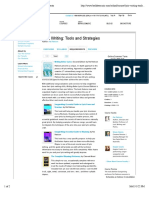0% found this document useful (0 votes)
23 views8 pagesCloud Computing
The course syllabus provides a comprehensive overview of cloud computing, covering its definition, essential characteristics, service models (IaaS, PaaS, SaaS), deployment models (Public, Private, Hybrid), and key components of cloud infrastructure. It also explores emergent trends such as Hybrid Multi-Cloud, Microservices, and Cloud Native applications, alongside cloud security and monitoring practices. By the end of the course, participants will understand cloud adoption benefits, related technologies, and career opportunities in the cloud industry.
Uploaded by
israeldinka0Copyright
© © All Rights Reserved
We take content rights seriously. If you suspect this is your content, claim it here.
Available Formats
Download as DOCX, PDF, TXT or read online on Scribd
0% found this document useful (0 votes)
23 views8 pagesCloud Computing
The course syllabus provides a comprehensive overview of cloud computing, covering its definition, essential characteristics, service models (IaaS, PaaS, SaaS), deployment models (Public, Private, Hybrid), and key components of cloud infrastructure. It also explores emergent trends such as Hybrid Multi-Cloud, Microservices, and Cloud Native applications, alongside cloud security and monitoring practices. By the end of the course, participants will understand cloud adoption benefits, related technologies, and career opportunities in the cloud industry.
Uploaded by
israeldinka0Copyright
© © All Rights Reserved
We take content rights seriously. If you suspect this is your content, claim it here.
Available Formats
Download as DOCX, PDF, TXT or read online on Scribd
/ 8

